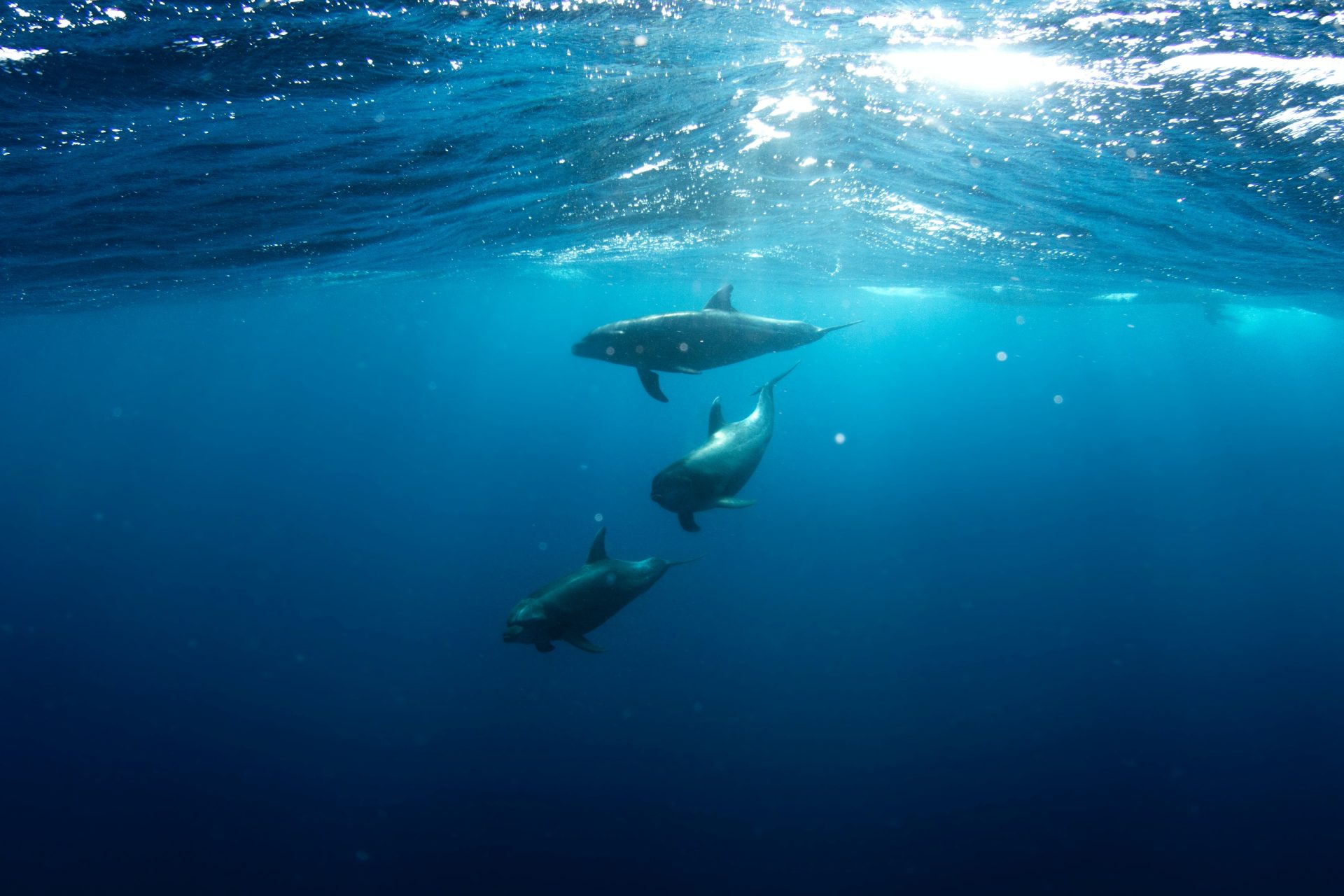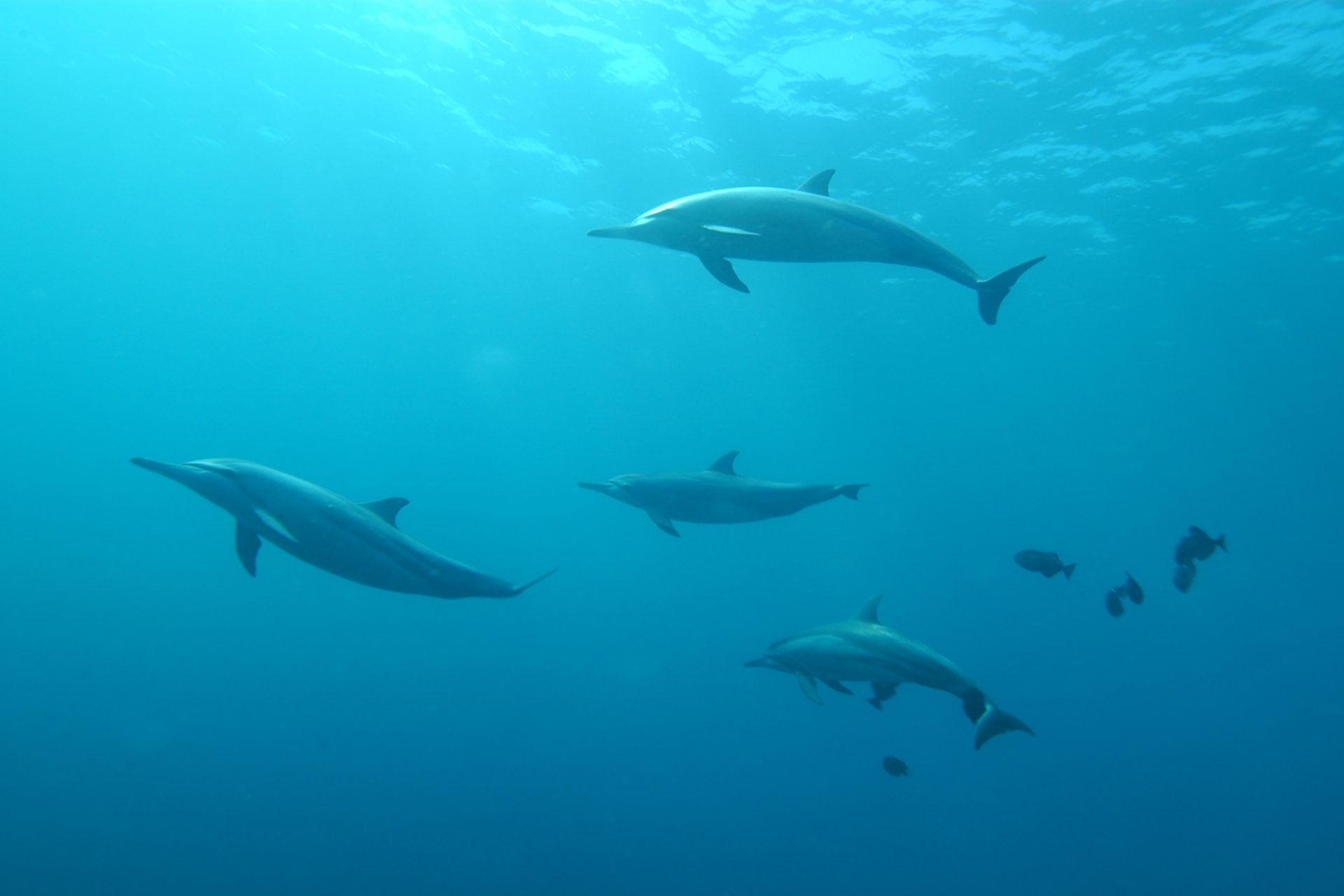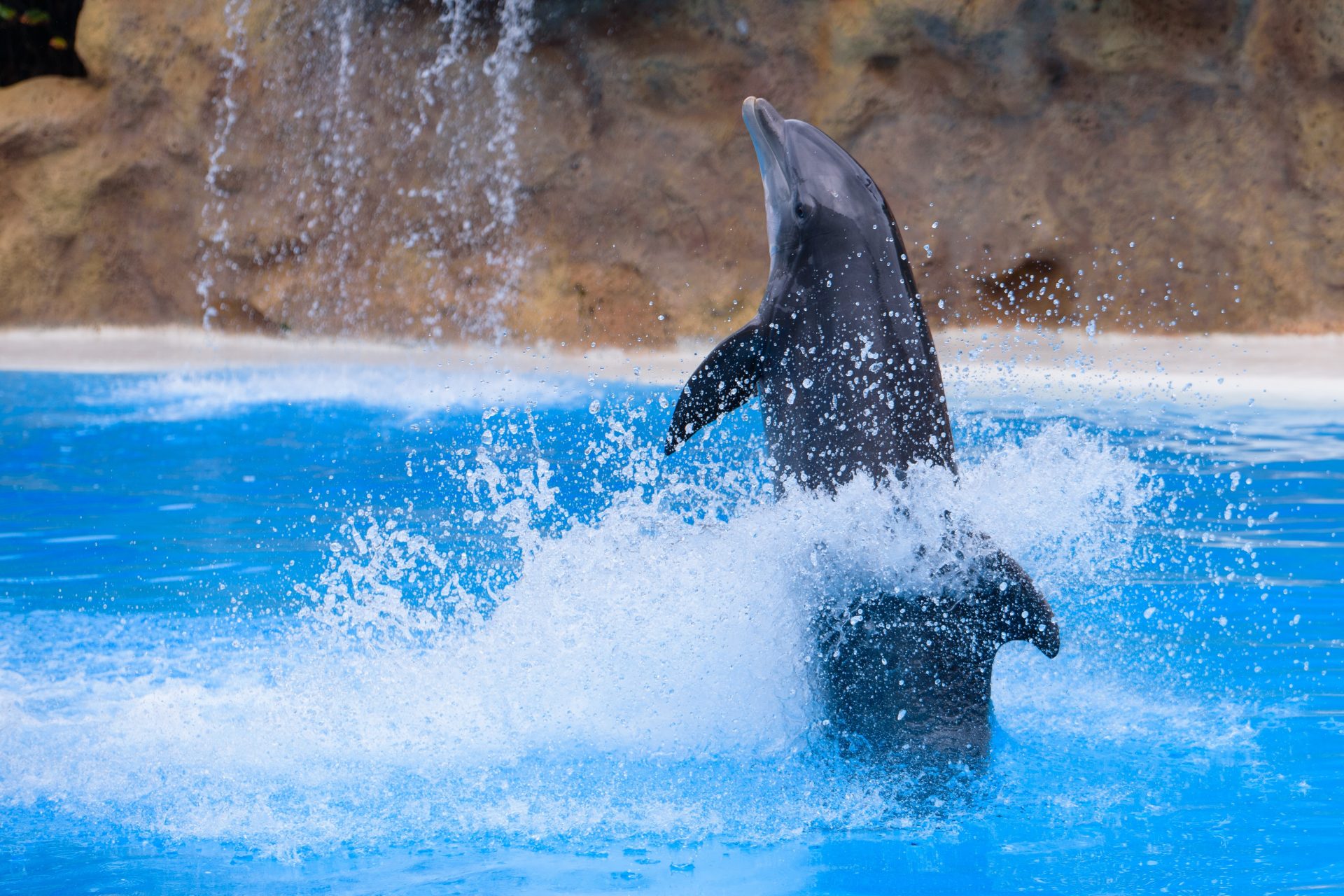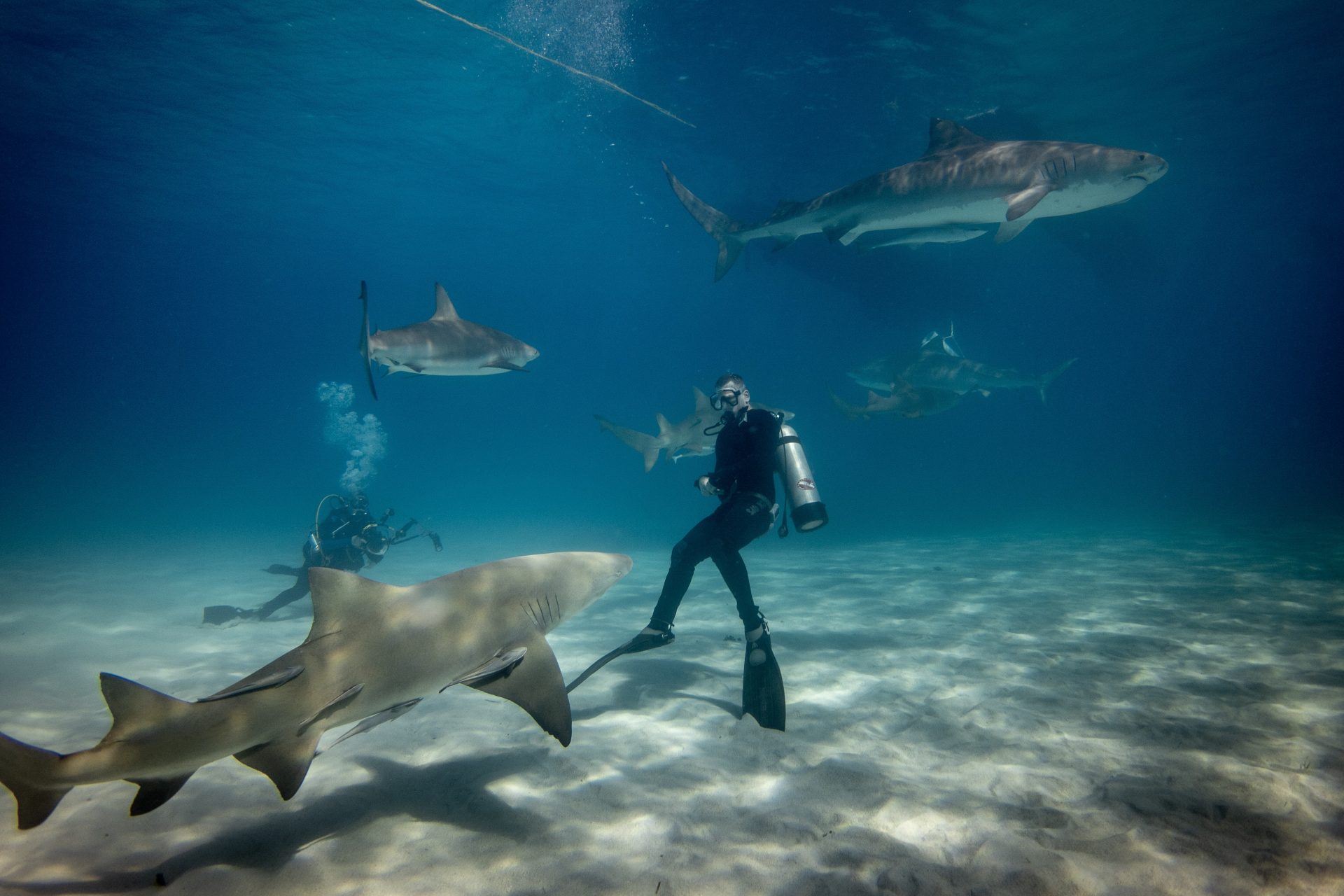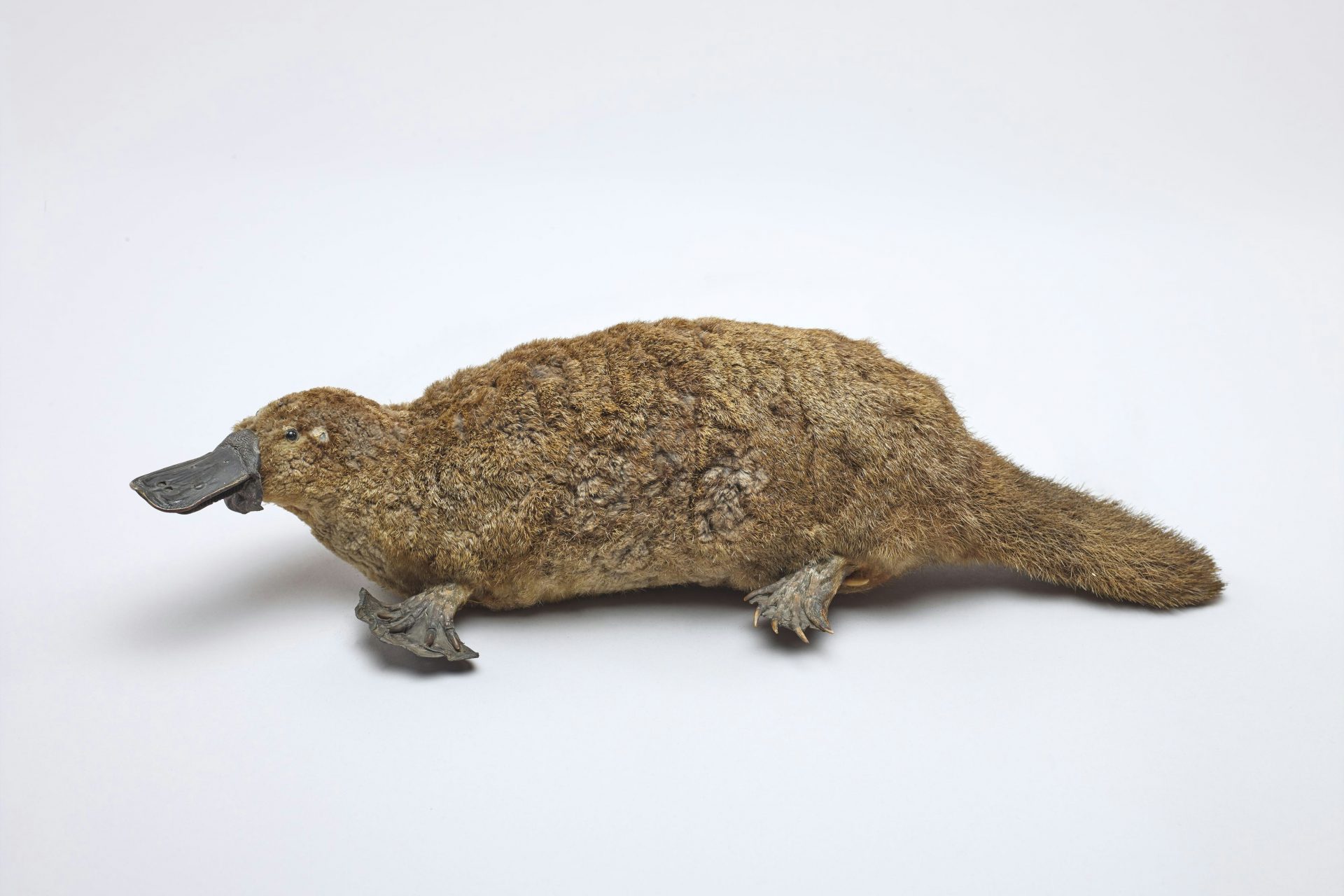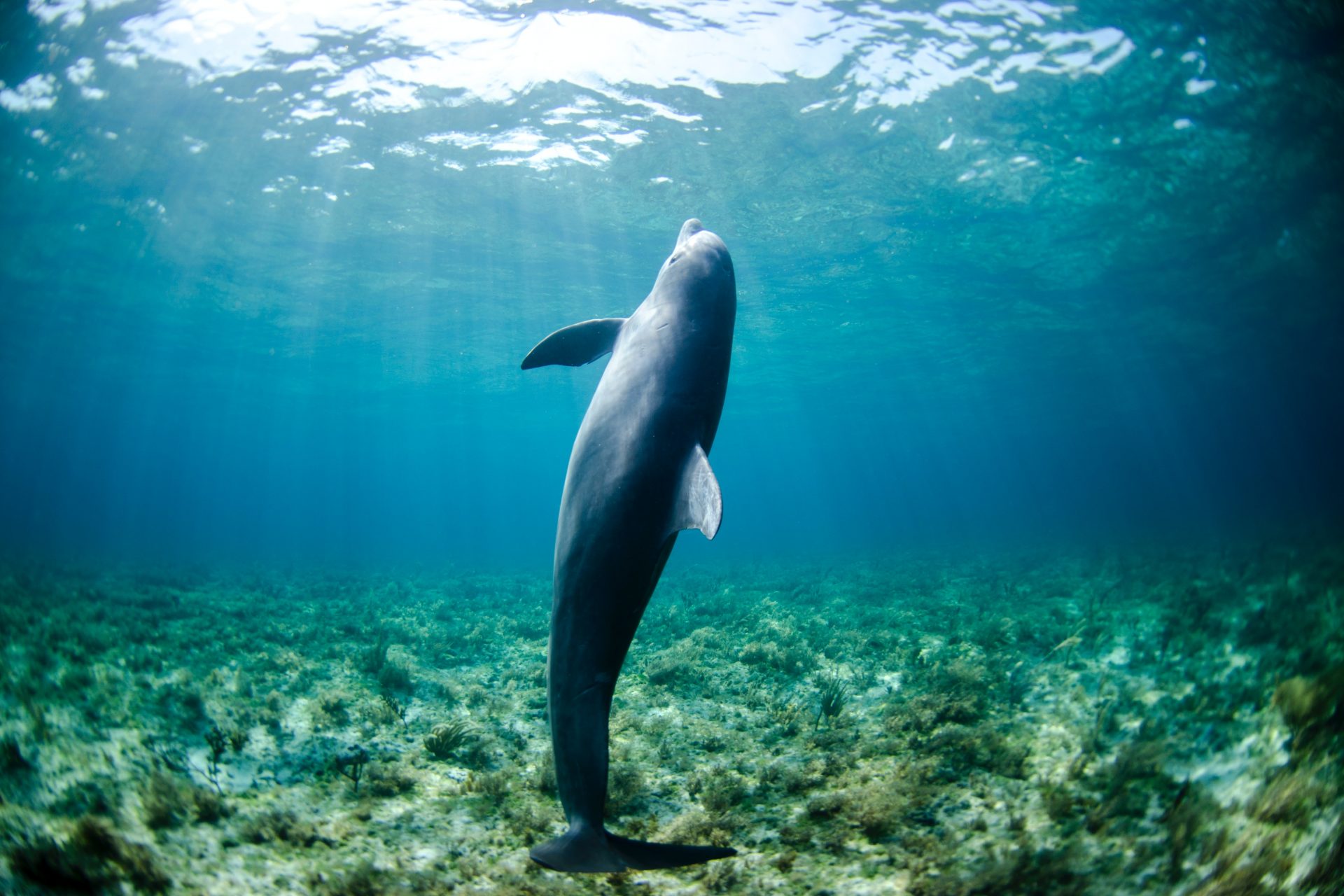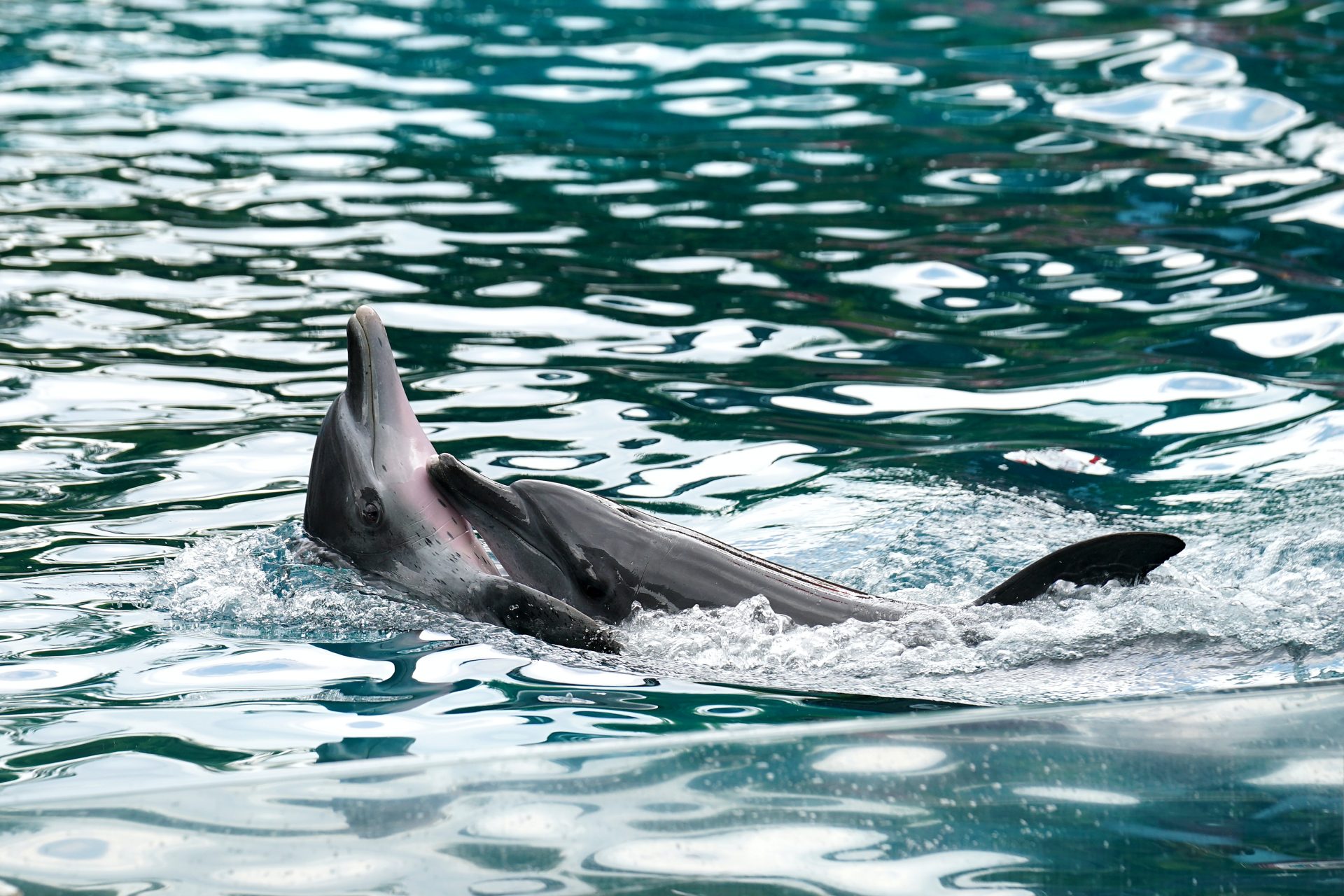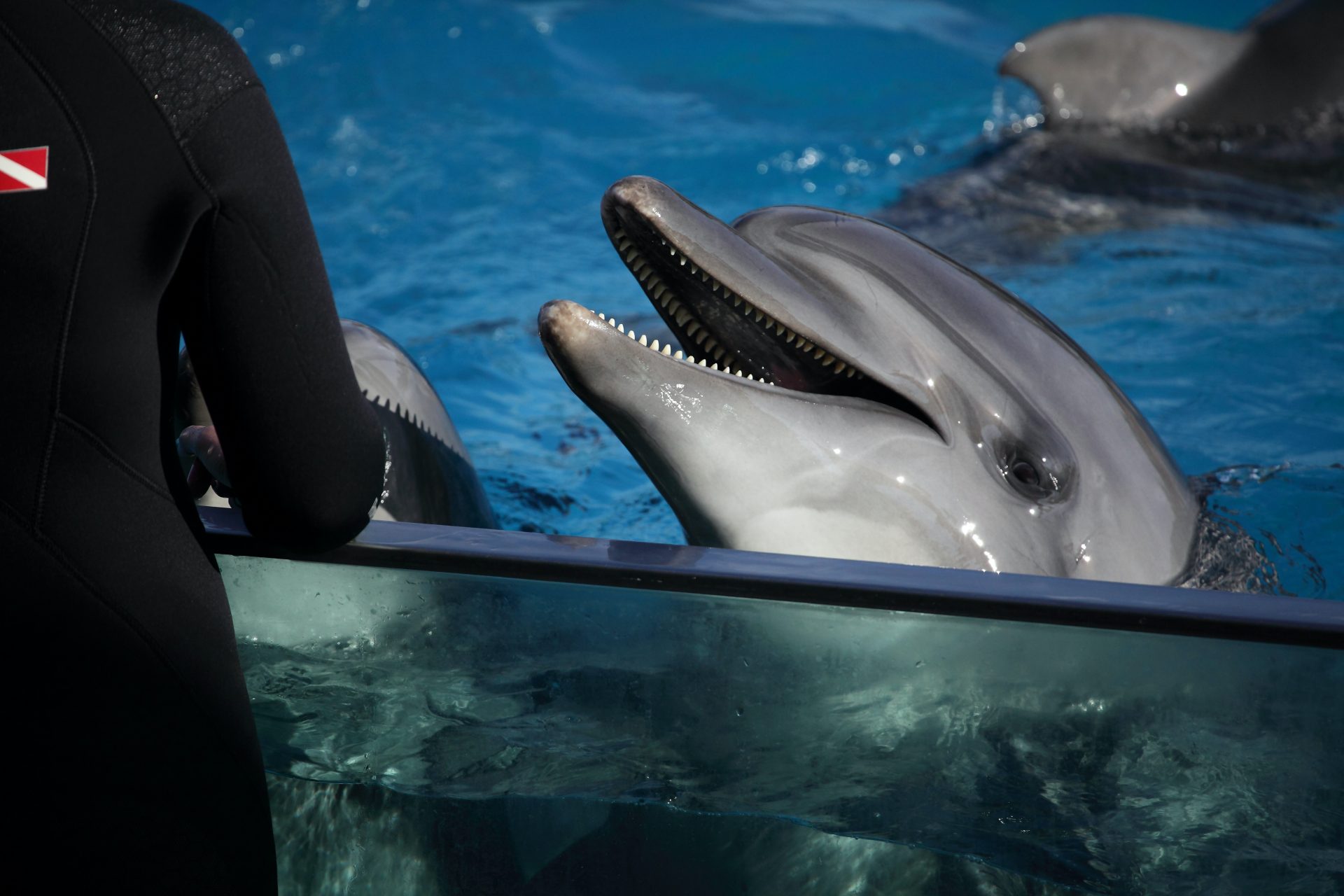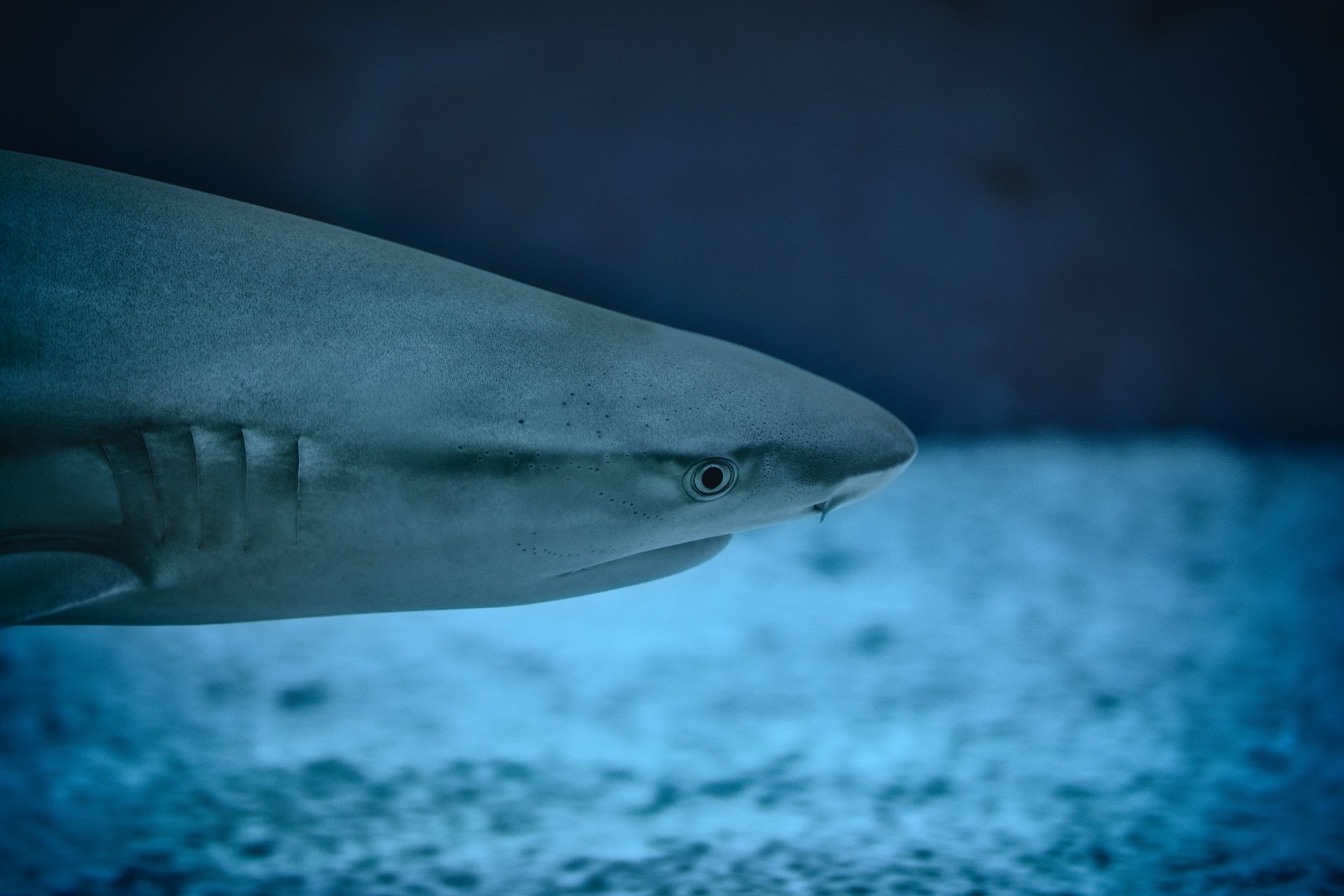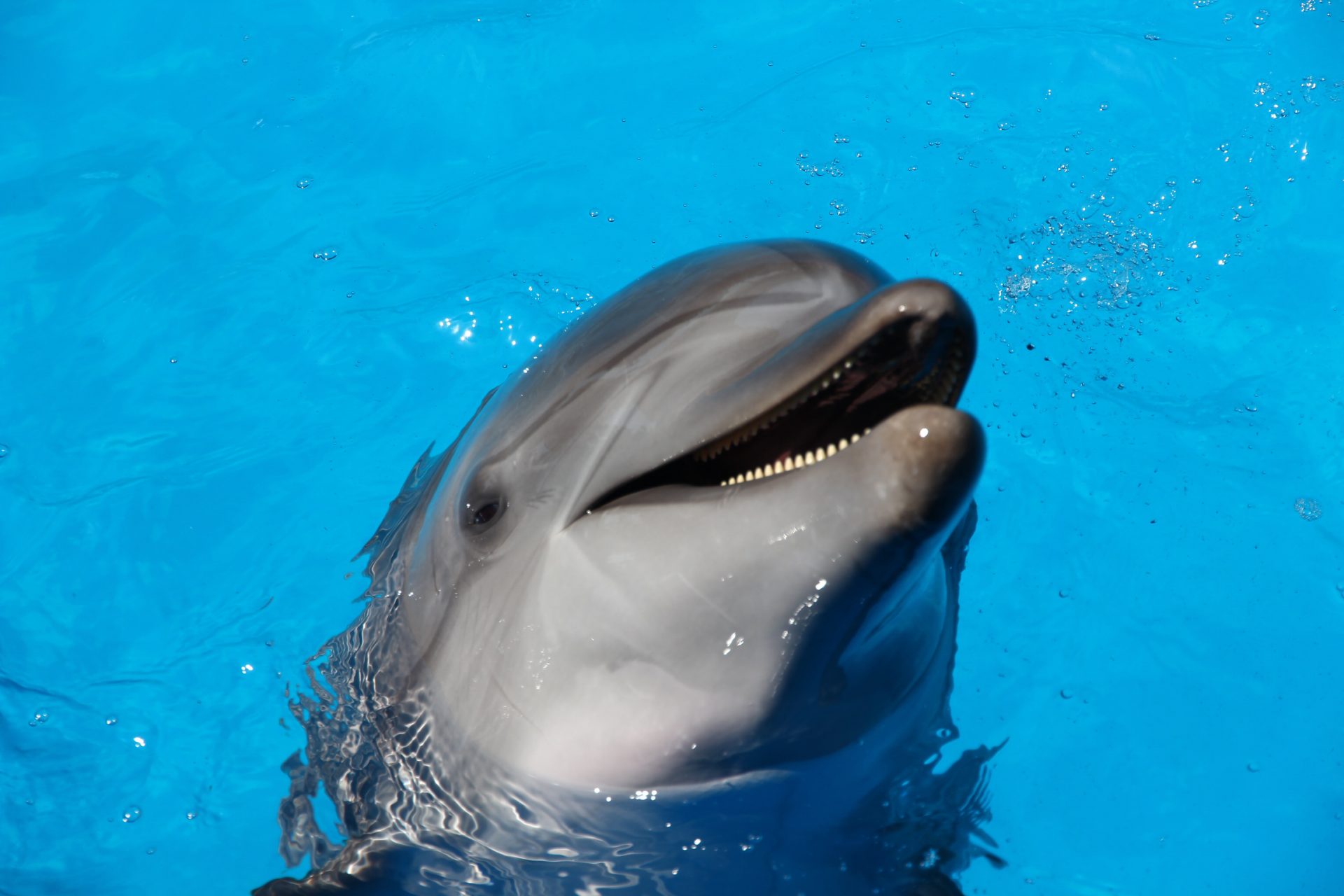Discover the mysterious sense that dolphins have but humans don’t
Dolphins rank among the most intelligent creatures on the planet. They are considered the second most intelligent species, following humans, and they possess a significant advantage over humans in terms of their sensory capabilities.
Sight, smell, taste, touch, and hearing are the 5 senses that help humans navigate their way through the world, but dolphins have all of those same five senses plus the ability to use echolocation in the water.
Photo by Elly Johnson on Unsplash
Dolphins are actually among the few mammals that have more than 5 senses according to Miguel Ángel Criado of El Pais. Dolphins can hunt prey that is up to 300 miles away using a signature clicking sound.
Photo by Talia Cohen on Unsplash
However, echolocation might not be the only answer to how dolphins are able to locate their prey. New research has revealed that bottlenose dolphins have a seventh sense: they can detect electrical fields.
Photo by Rudney Uezu on Unsplash
A team of scientists from the University of Rostock’s Institute for Biosciences made the discovery and they published their work in the Journal of Experimental Biology. It was a discovery that made quite a splash.
Photo by Michal Mrozek on Unsplash
The ability to detect electrical fields is actually a fairly common sense among some fish like sharks according to PsyPost’s Bob Yirka. However, the ability is much rarer among mammals in the animal kingdom.
The platypus is one weird mammal that stands as an outlier but now it has been joined by the bottlenose dolphin. But how did researchers make this discovery and how might it affect dolphins and humanity?
Photo by Birmingham Museums Trust on Unsplash
Bottlenose dolphins weren’t the first dolphins to reveal that the animal kingdom’s second smartest animals could sense electrical fields. Researchers figured out that the Guiana dolphin had the ability in 2011.
Photo by NOAA on Unsplash
However, the researchers of the most recent study chose two bottlenose dolphins as test subjects to test their theories about aquatic mammals and their ability to sense electrical fields for two reasons.
Photo by Anson Antony on Unsplash
First, the Nuremberg Zoo had a pair of bottlenose dolphins available, and second, the researchers believed that depressions on the snout of bottlenose dolphins looked a lot like the organs sharks had to sense electrical fields.
Photo by Vasilis Caravitis on Unsplash
These depressions are known as “vibrissal crypts” and the researchers believed that neural cells in these crypts might act in the same way as those on sharks, which was a hunch that turned out to be correct.
Photo by Florian Klauer on Unsplash
The dolphins chosen for the experiment were hooked up to a sensing device and then the research team placed an electrode onto the device that could send out an electrical signal for the dolphins to follow.
Photo by Fabrizio Frigeni on Unsplash
Researchers taught the dolphins to wait until they sensed an electrical burst to begin swimming and throughout the experiment, it was shown that the dolphins could detect with 90% accuracy a direct current field of 125 microvolts per centimeter.
Photo by Xad Eugenia Sánchez Ruíz on Unsplash
PsyPost also pointed out that the dolphins responded to electrical pulses, which the researchers suggested could mean that bottlenose dolphins use their seventh sense to help hunt prey and navigate using the planet’s electrical field.
“The dolphins are the first true mammal known to have electroreception,” lead author of the study and marine biologist Guido Dehnhardt explained to Salon about the ability of bottlenose to perceive weak electric fields, “this can explain a lot.”
Photo by Pablo Heimplatz on Unsplash
“We still don’t know their entire sensorimotor system,” Dehnhardt continued. “It's more complex than we saw before.” Dehnhardt had previously worked with Guiana dolphins and helped make the same discovery about that species.
Photo by Wynand Uys on Unsplash
More for you
Top Stories





